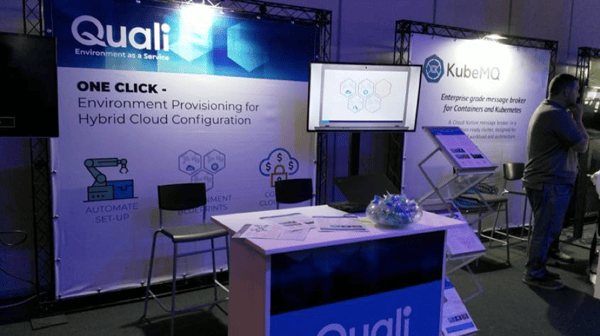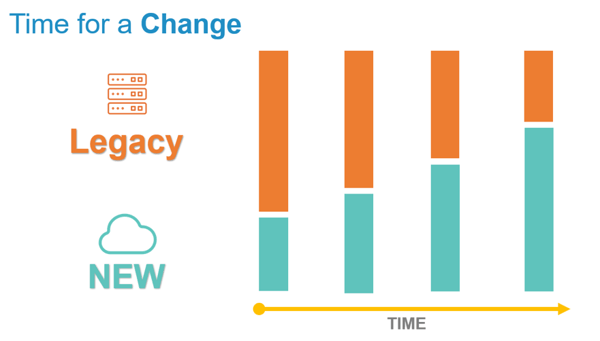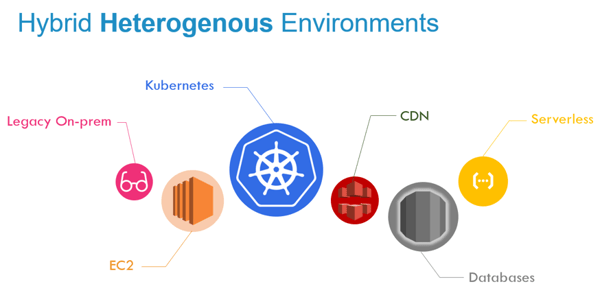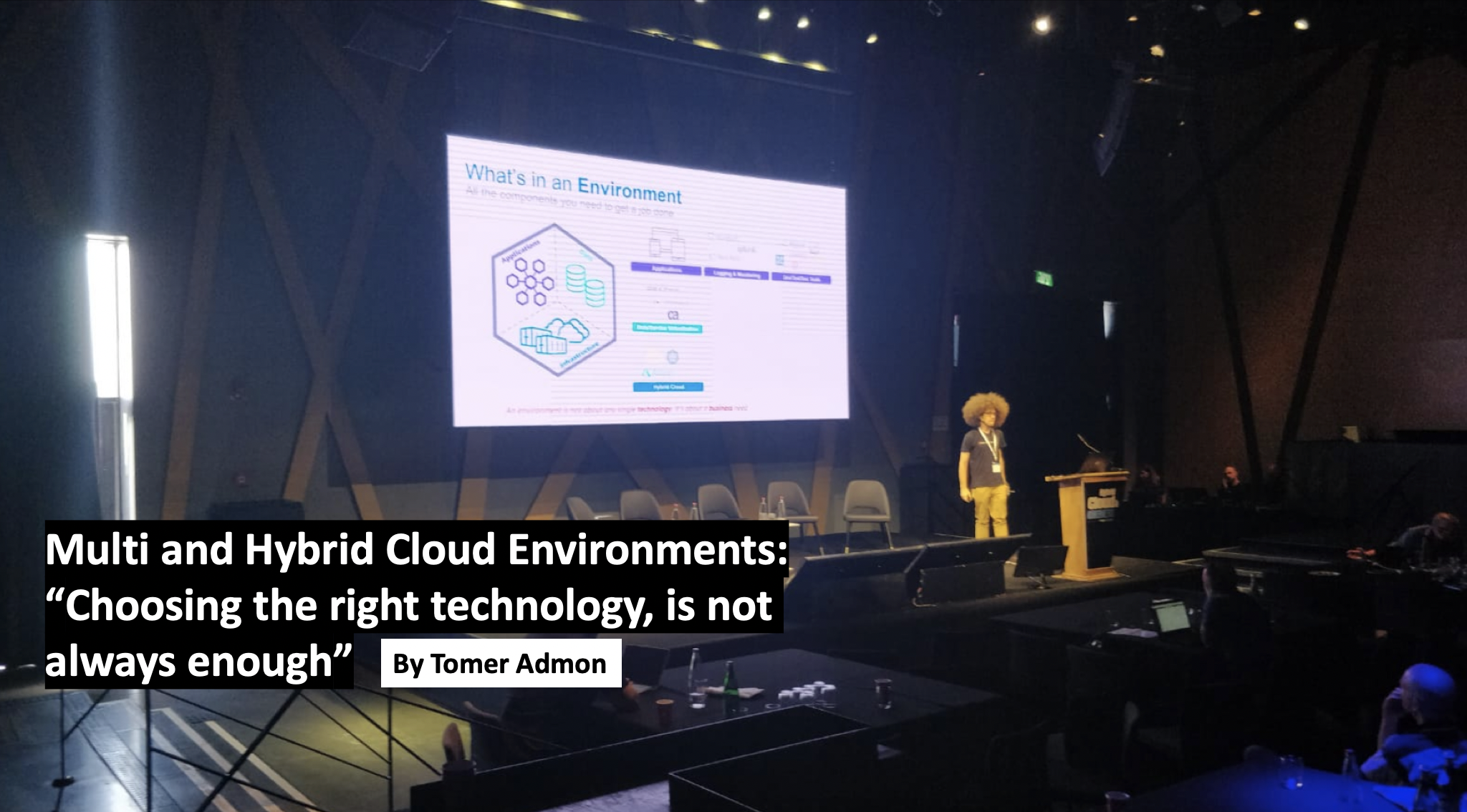We had a blast last week at the Hybrid Cloud & Kubernetes 2019 conference in Israel. An amazing location by the lake, awesome expo, and speed talks from a diverse group of sponsors added to the conference’s success. At our Quali booth, we had the chance to talk to many companies, from startups to big corporations to government and law enforcement teams—all interested to hear about the latest solutions in the tech industry for hybrid cloud.
Once the first track was over and it was time for a quick snack, an engineer from a big corporation in Israel came to our booth to ask a few questions:
“We are using Terraform, we don’t really need CloudShell.”
My first reaction was a big smile. A few years ago, while working on different DevOps teams, I thought the same: choose the right technology, and you are pretty much done. Later that day, I hit the stage to explain why choosing the right technology is not always enough. Here is a recap of my presentation.
Why Choosing The Right Technology isn’t Always Enough for DevOps
Maintain Business Focus
 With today’s rapid technology growth, when every few days a new infrastructure component is built and shared in the open source community, companies cannot pursue the next big thing as a goal. In an industry where time to market is crucial, and while digital transformation is shifting companies towards to the software development, companies must focus on one thing—the business.
With today’s rapid technology growth, when every few days a new infrastructure component is built and shared in the open source community, companies cannot pursue the next big thing as a goal. In an industry where time to market is crucial, and while digital transformation is shifting companies towards to the software development, companies must focus on one thing—the business.
Focusing on the business side doesn’t mean you should stay behind advancing technologies. Continuous changes, new technologies, and migration to cloud services can all take place, but the right orchestration and debugging tools will support progress.
Support Environment Evolution
 Most of us don’t really know what’s in our current production environment. Most production environments are plagued by too many micro services maintained by different teams, different technologies, monitoring tools, cloud services that are up 24/7, and a bunch of manual changes made a few months ago that only “that-guy” knows about. Complex production composed out of different processes usually cause a broken pipeline where production upgrades are risky and full of unknowns. If this is your case, It might be a good time to create a network diagram and place it on the wall.
Most of us don’t really know what’s in our current production environment. Most production environments are plagued by too many micro services maintained by different teams, different technologies, monitoring tools, cloud services that are up 24/7, and a bunch of manual changes made a few months ago that only “that-guy” knows about. Complex production composed out of different processes usually cause a broken pipeline where production upgrades are risky and full of unknowns. If this is your case, It might be a good time to create a network diagram and place it on the wall.
Leverage Environment as a Service

We, at Quali (the leading provider of cloud-agnostic Environment as a Service solutions), help companies focus on their business needs by abstracting the complexity of spinning up and tearing down application and infrastructure environments with our CloudShell platform. CloudShell Colony allows for easy Environment as a Service templating that will help model your environment and deploy it repeatedly as a sandbox. Sandboxes then can be used throughout the SDLC pipeline for developers (to develop with real environments), testers (to test the actual deployment before it’s being deployed to production), and out-of-the-box blue/green deployment to product. Maintaining multiple applications can be easily achieved as CloudShell Colony provides a self-service catalog from which any permitted user can launch a sandbox that will be isolated from the rest of the system for their own use.
With Environment as a Service on our minds, it’s now time to think about implementing this approach in your organization. From writing the building blocks, to sharing them between teams, and publishing the easy-to-use templates, Environment as a Service will make sure your company is on the right track, regardless of the specific technology in use—whether on-premise or in the cloud.
CloudShell Colony is now free for a 30 days trial, dive in at: https://cloudshellcolony.com/
Hope to see you next time!
Tomer Admon, Solution Architect, Quali R&D.





